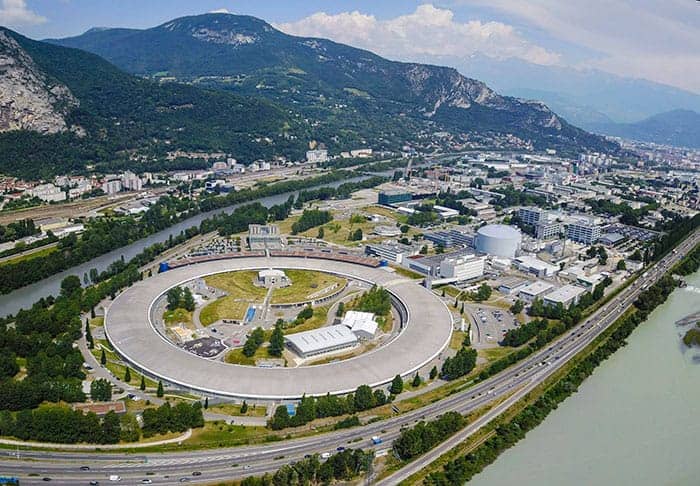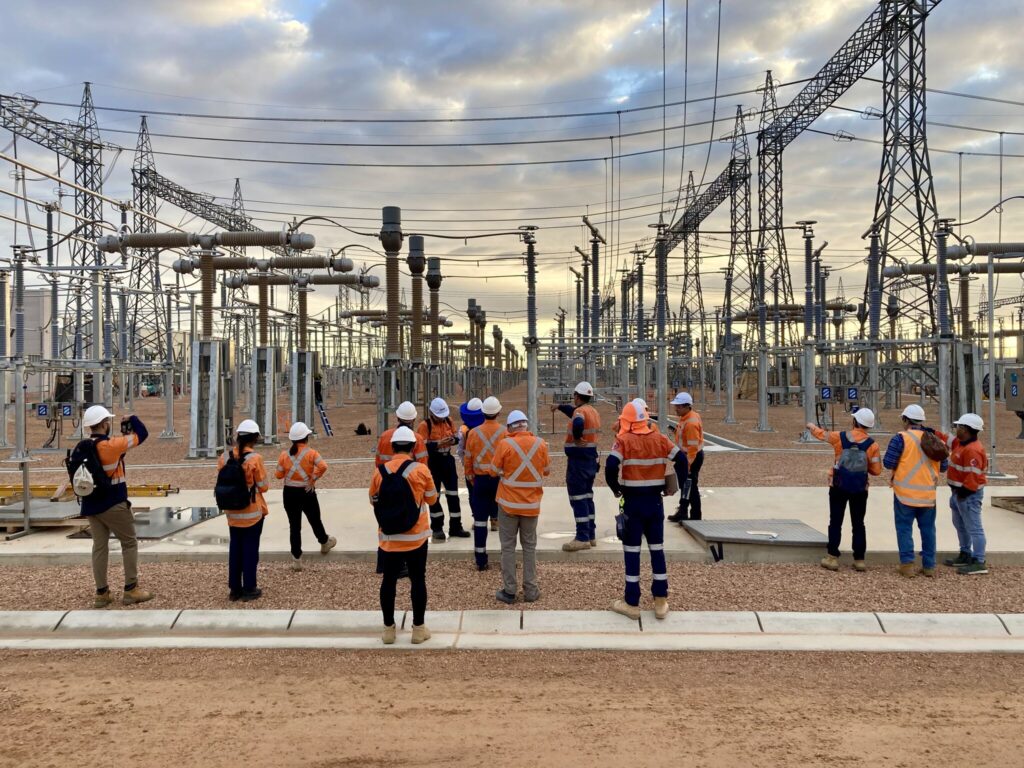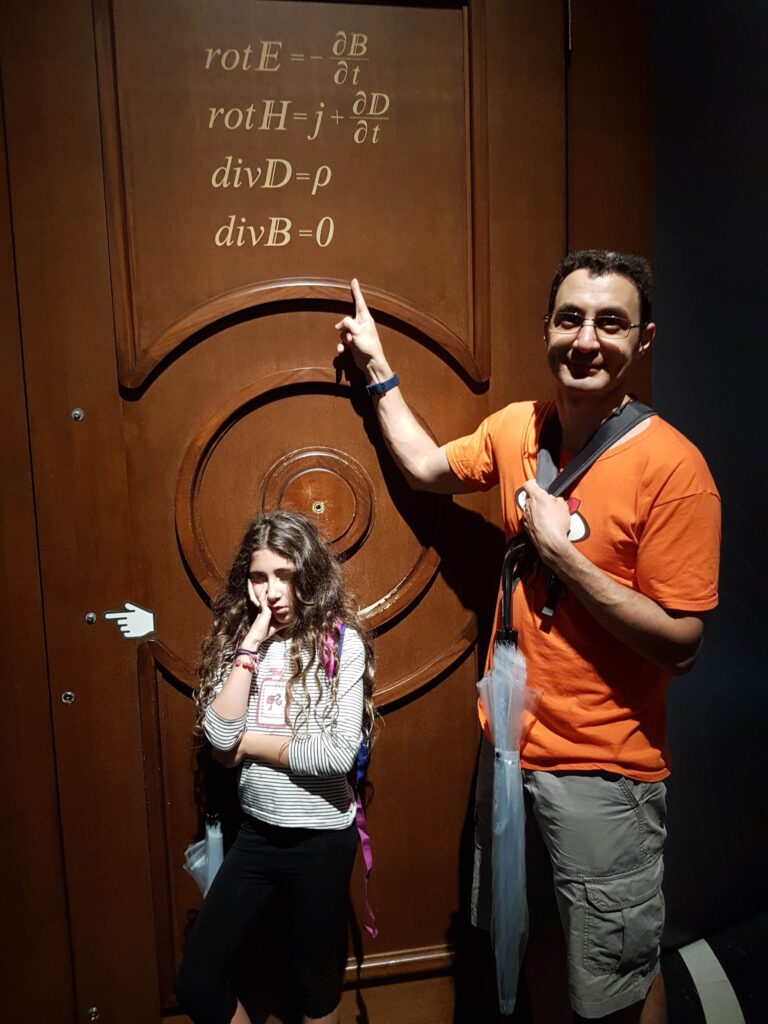Transitioning Australia’s energy system: Meet Kerim Mekki
From the snow-covered French Alps to the sunburnt gridlines of the Australian Pilbara, Kerim Mekki’s journey into the energy sector is anything but ordinary. An aspiring-to-be physicist, Kerim found his way to engineering through the theoretical beauty of mathematics, and has spent the past two decades applying that logic to the practical challenges of energy generation, transmission and storage.
Kerim brings more than 25 years of experience, a calm and grounded leadership style, and an eye for innovation — whether it’s navigating policy shifts or solving first-of-a-kind technical challenges.
What drew you into the renewable energy and storage space?
As a physicist, I appreciate the mathematical beauty of engineering. The Maxwell equations, they’re elegant. That’s what drew me in. It might be a bit of a French thing too, you don’t just look for function, you look for beauty.
I’ve always been interested in the stability of large systems, the kind of technical questions that sit right at the edge of physics and engineering. I earned a doctorate in transient stability of large power systems, essentially, how you model and understand what happens to country size grid in the milliseconds after a disturbance.
Over time, I could see that the biggest questions in the energy space were shifting. It wasn’t just about how to make the grid work better, it was about how to make it work differently. Renewables and storage fundamentally change the behaviour of power systems. So I made a deliberate move into this field… and I haven’t looked back.
What do you think sets Australia apart when it comes to delivering renewable energy projects?
Australia sometimes gets underestimated, but we shouldn’t be. Australian engineers are incredibly adaptable, especially those with backgrounds in mining and infrastructure.
That’s maybe the part that gets misunderstood: we have the capability here to deliver complex systems at large scale. We just don’t always communicate about it.
And the other thing? Scale.
In Australia, someone will say ‘we’re going to build a battery the size of an AFL field’ and no one blinks. In Europe, you’d spend ten years doing pilot projects first. Because of Australia’s mining experience, we’re used to building things fast, at massive scale, and just getting on with it and the issues as they emerge.
That kind of delivery mindset is powerful when you’re trying to lead the world in something.
How does AECOM play into that strength?
At AECOM, we have one of the strongest transmission and distribution teams in Australia and New Zealand, which is key, because battery storage isn’t just about the asset itself. It’s about how it integrates with the grid.
Not all the consultants have that deep capability. But we do, and we’ve proven it. Our work on Project EnergyConnect, VNI West and Central West Orana, shows the scale and complexity we can handle when integrating major transmission assets to the grid.
What excites you most about the future of energy?
To me, it’s simple, we’re about to rewrite the operating manual for the power grids.
For 200 years, power systems were built around rotating machines. Now, with renewables and storage, we’re entering the age of power electronics. It’s a completely different way of managing power, at a different time scale, and we get to help write the new rules.
It means rethinking everything, how we model systems, how we ensure stability, how we respond in milliseconds to change.
What advice would you give to young engineers entering the field?
First principles. Always.
You’ve got to be able to trace things back to the physics and the maths. You have to remember equations you studied, even if it was 25 years ago.
So learn it properly. And more importantly, remember it. That foundational knowledge will carry you a long way.
And finally, what do you do to recharge outside of work?
Cycling. I love getting out on the bike, but you won’t find any photos of me on Strava. I am old school and I don’t take my phone. It’s just about being in the moment. Same with engineering, sometimes you’ve got to put the distractions down and just focus on the road ahead.
I started riding in Tunisia, and in Grenoble where cycling is a big part of the culture. One of my favourite classic rides is Grenoble to Gap in the Alps, with decent elevation.











